Author: Martin Keen
As the only Brülosophy contributor born and raised in England, it may come as no surprise that my relationship with British beer styles runs a bit deeper than most. While I certainly enjoy classic styles like Bitter and Porter, there’s just something about English IPA that I quite fancy, making it one of my all-time favorite styles.
When I started drinking beer, a good portion of what I consumed was made with classic British ingredients like Maris Otter malt, East Kent Goldings hops, and ester producing yeast strains. As such, the characteristics these impart became very familiar to me, and now that I’m living in the United States, experiencing those aromas and flavors evokes in me a pleasant nostalgia. Purportedly, English IPA was developed in the 18th century, the high hopping rates serving a preservative function during the long voyage to India. Whether or not this is true, it has become a style all its own, one the BJCP describes as:
A bitter, moderately-strong, very well-attenuated pale British ale with a dry finish and a hoppy aroma and flavor. Classic British ingredients provide the most authentic flavor profile.
Over the years, I’ve consumed many versions of English IPA and have made a handful as well, all of which relied on standard brewing methods. While British brewing tradition is arguably less convoluted than what was practiced in other regions, there are certain steps widely viewed as necessary to producing a quality product. I was curious how an English IPA made using a less-than-traditional approach would turn out and designed a recipe to see for myself!
| BREWING THE BEER |
I went with a fairly simple English IPA recipe using primarily Maris Otter malt, a blend of British hops, and a notably English yeast.
Short & Shoddy English IPA
Recipe Details
| Batch Size | Boil Time | IBU | SRM | Est. OG | Est. FG | ABV |
|---|---|---|---|---|---|---|
| 4.9 gal | 30 min | 44.9 | 12.6 SRM | 1.058 | 1.012 | 6.04 % |
| Actuals | 1.058 | 1.012 | 6.04 % | |||
Fermentables
| Name | Amount | % |
|---|---|---|
| Maris Otter | 11 lbs | 88 |
| Crystal Malt | 1 lbs | 8 |
| Caramel Malt 80L | 8 oz | 4 |
Hops
| Name | Amount | Time | Use | Form | Alpha % |
|---|---|---|---|---|---|
| Target | 30 g | 30 min | Boil | Pellet | 10.3 |
| East Kent Goldings (EKG) | 30 g | 10 min | Boil | Pellet | 5.4 |
| Fuggle | 30 g | 10 min | Boil | Pellet | 4.5 |
| Fuggle | 30 g | 0 min | Boil | Pellet | 4.5 |
| East Kent Goldings (EKG) | 30 g | 4 days | Dry Hop | Pellet | 5.4 |
Yeast
| Name | Lab | Attenuation | Temperature |
|---|---|---|---|
| Pub (A09) | Imperial Yeast | 74% | 64°F - 70°F |
Notes
| Water Profile: Ca 100 | Mg 15 | Na 8 | SO4 200 | Cl 75 |
Download
| Download this recipe's BeerXML file |
At 2:58 PM, I added the store-bought RO water to my Clawhammer Supply 240v eBIAB system then set the controller to heat it up.
After adjusting the water to my desired profile, weighed out and milled the grains.
When the water was properly heated, I stirred in the grist then set the controller to maintain my target mash temperature of 152°F/67°C.
During the mash rest, I prepared the kettle hop additions.
Once the 30 minute mash was complete, I removed the grains and proceeded to boil the wort for just 30 minutes, adding hops at the times stated in the recipe.
At the completion of the boil, I ran the wort through a plate chiller on its way to a sanitized fermenter.
A refractometer reading showed the wort was at 1.058 OG, for a brewhouse efficiency of 62%.
Next, I direct pitched a pouch of Imperial Yeast A09 Pub into the wort and connected the fermenter to my glycol chiller set to 68˚F/20˚C. The time was 4:38 PM for a total brew day time of 1 hour and 40 minutes.
A few days into fermentation, I added the dry hops.
After another week, with signs of activity absent, I took a hydrometer measurement showing the beer was at 1.012 FG, so I pressure transferred it to a serving keg that was left on gas in my kegerator. After a week of conditioning, the beer was carbonated and ready for evaluation.
| RESULTS |
A total of 20 people of various levels of experience participated in this Short & Shoddy evaluation. Participants were informed of the specific beer style and provided the BJCP description prior to completing the survey. Tasters were then instructed to rate how hoppy, malty, and dry they perceived the beer to be on a 0-5 scale where a rating of 0 indicated “not at all” and 5 indicated “extremely.”
Tasters were provided a list of common hop, malt, and yeast characteristics then instructed to select from each the one they perceived as being most prominent in the beer.
Hop Characteristics
Malt Characteristics
Yeast Characteristics
Next, participants were asked to indicate whether or not they detected any off-flavors in the beer; those who did were provided a list of common off-flavors and instructed to select the one they perceived as being strongest. In total, 3 tasters felt the beer was astringent, 1 detected acetaldehyde, 1 perceived diacetyl, 2 thought it was estery, 2 felt it was oxidized, 2 perceived a phenolic note, and 2 detected a solvent characteristic.
Tasters were then asked to rate how well the beer represented the intended style, based on the provided BJCP description, on a 0-5 scale where 0 meant “not at all” and 5 meant “exactly.”
Finally, tasters were asked to rate how much they enjoyed the beer on a 0-5 scale where 0 indicated not at all and 5 indicated extremely.
My Impressions: There was something about this beer that just was not right. The aroma lacked any malt presence and had what I felt was a chemical note. While the malt flavor was more noticeable, there was the same chemical thing going on in the aftertaste. Any hop character was also muted. All in all, I was not pleased with how this batch turned out.
| CONCLUSION |
English IPA is a style that has its roots in the 18th century, and while it’s undoubtedly evolved since its inception, it offers drinkers a unique British spin on what has become on of the most popular styles in the world. Ideally, English IPA melds the delectable nuttiness of Maris Otter malt with uniquely British hops and ester-driven yeast, all in a beer that’s higher in strength than other common English ales.
While brewing English IPA isn’t terribly involved, there are certain parts of the process accepted by most as being essential. As it happens, this Short & Shoddy English IPA didn’t really sit well with those who evaluated it. A glance at the data on perceived characteristics appears to be more or less congruent with existing descriptions of the style, but such is not the case for other aspects. In addition to more tasters reporting off-flavors in this beer than any other past Short & Shoddy batch, a majority rated their preference as a 2 or lower, meaning they weren’t big fans. Something was clearly amiss.
Of the numerous pints of English IPA I’ve consumed over the years, this was easily one of the most memorable… because of how bad it was. I perceived a general chemical note that overwhelmed the aroma and flavor, thereby muting any of the desired malt and hop characteristics. In talks with others, there was some agreement that the culprit with either water quality or contamination, and thankfully, I was able to redeem myself by brewing this recipe again using more standard methods.
Watch this on The Brülosophy Show!
If you have thoughts about this Short & Shoddy brew, please feel free to share it in the comments section below!
Support Brülosophy In Style!
All designs are available in various colors and sizes on Amazon!
Follow Brülosophy on:
FACEBOOK | TWITTER | INSTAGRAM
If you enjoy this stuff and feel compelled to support Brulosophy.com, please check out the Support page for details on how you can very easily do so. Thanks!


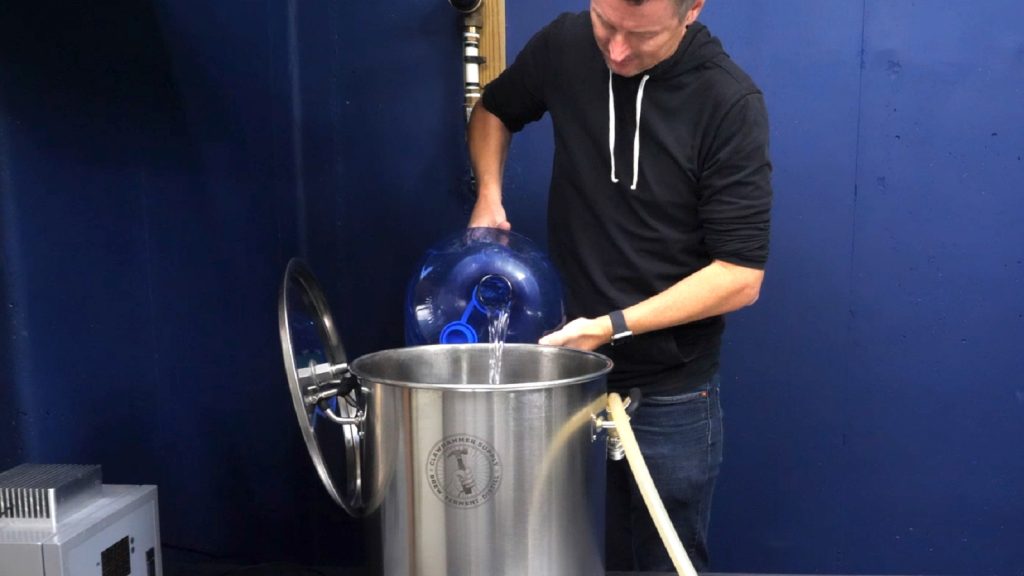
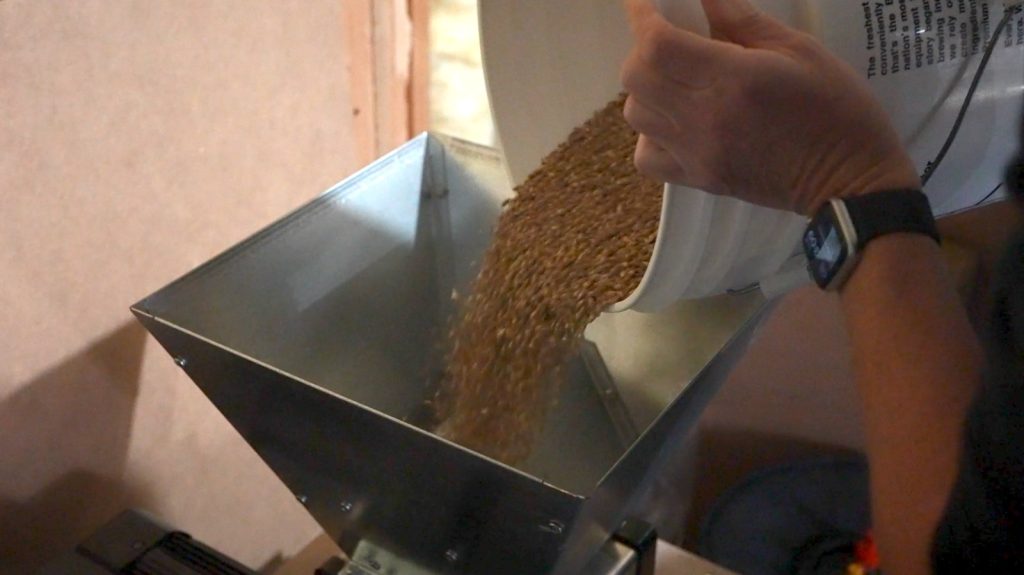
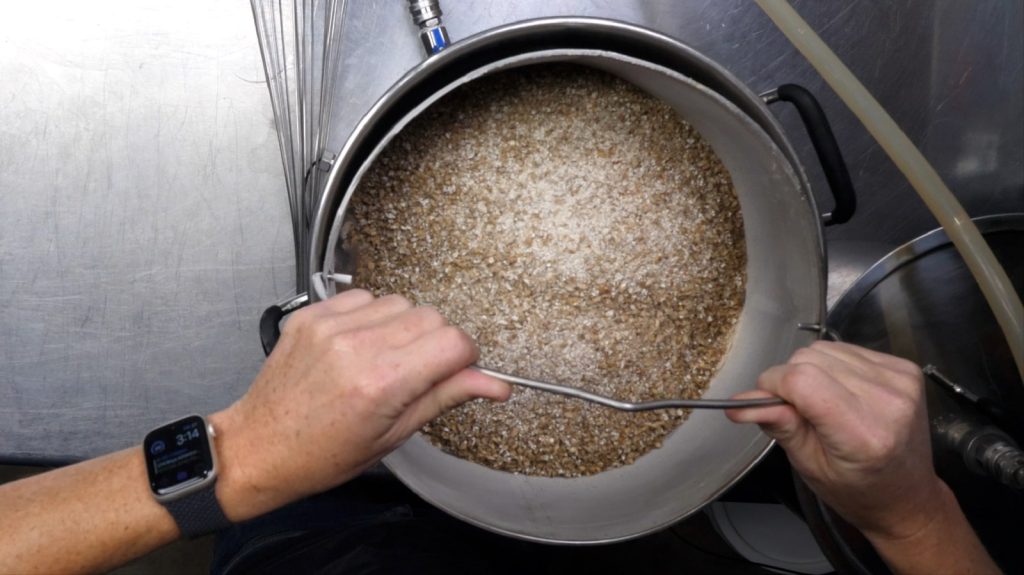
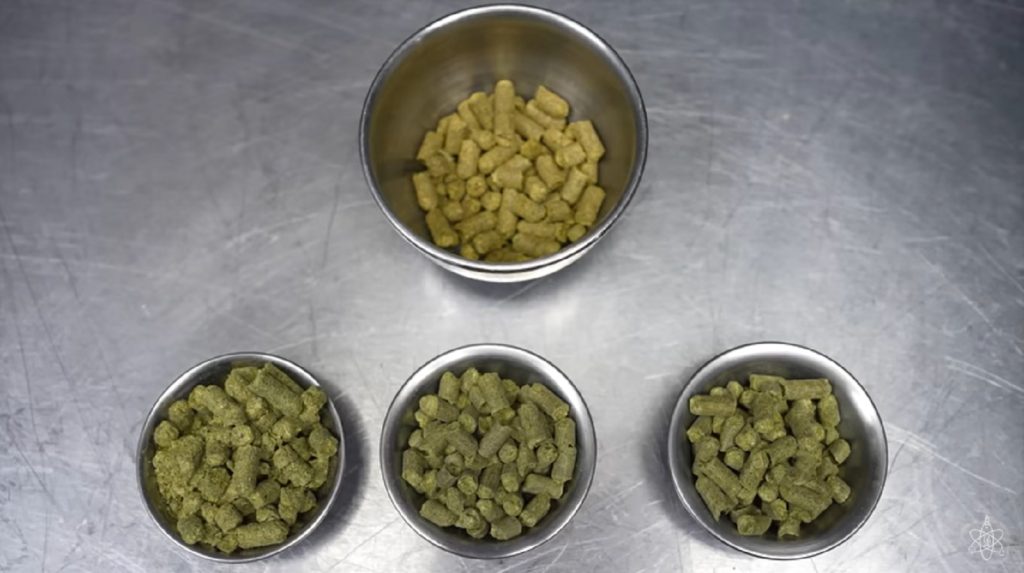
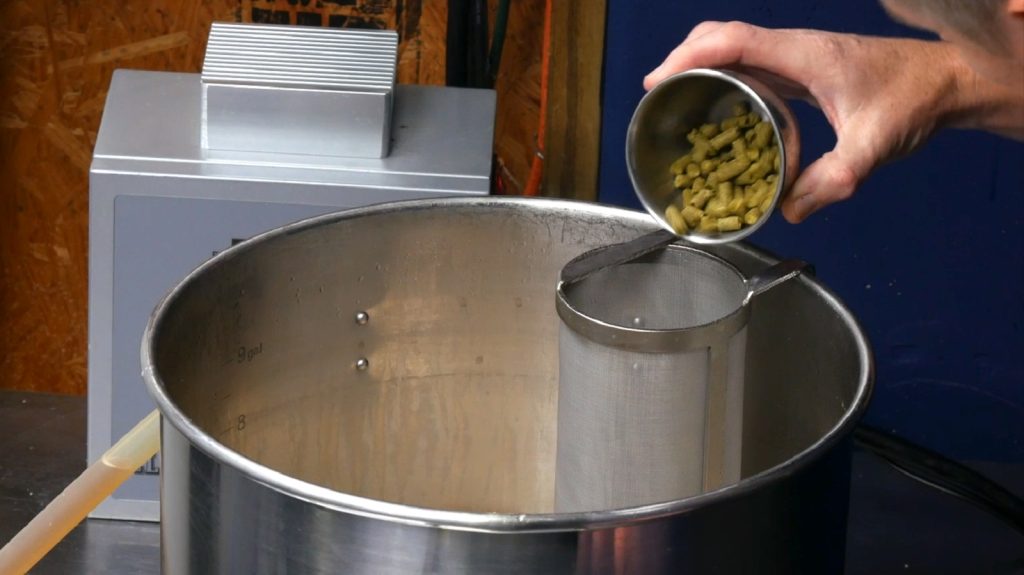
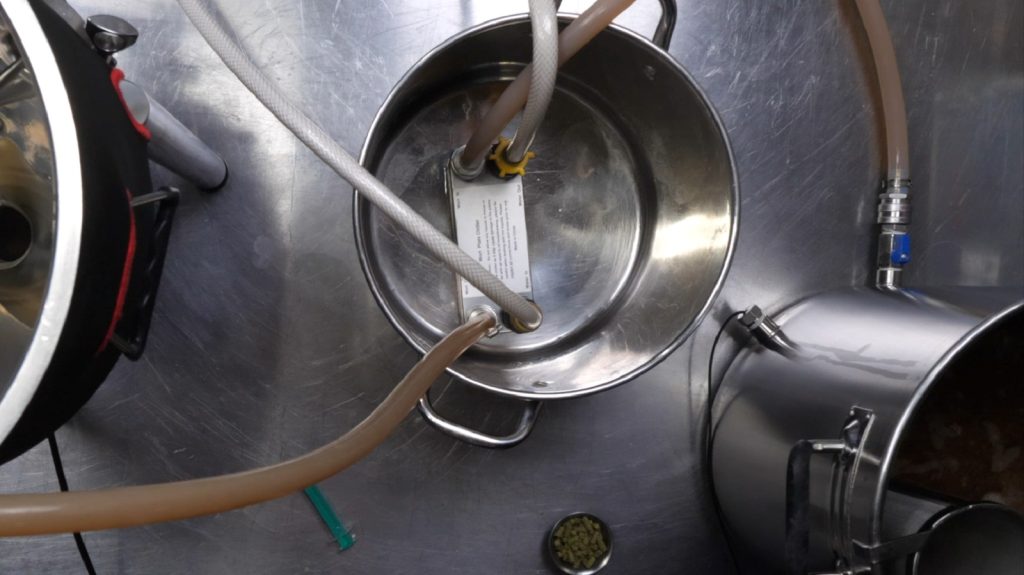
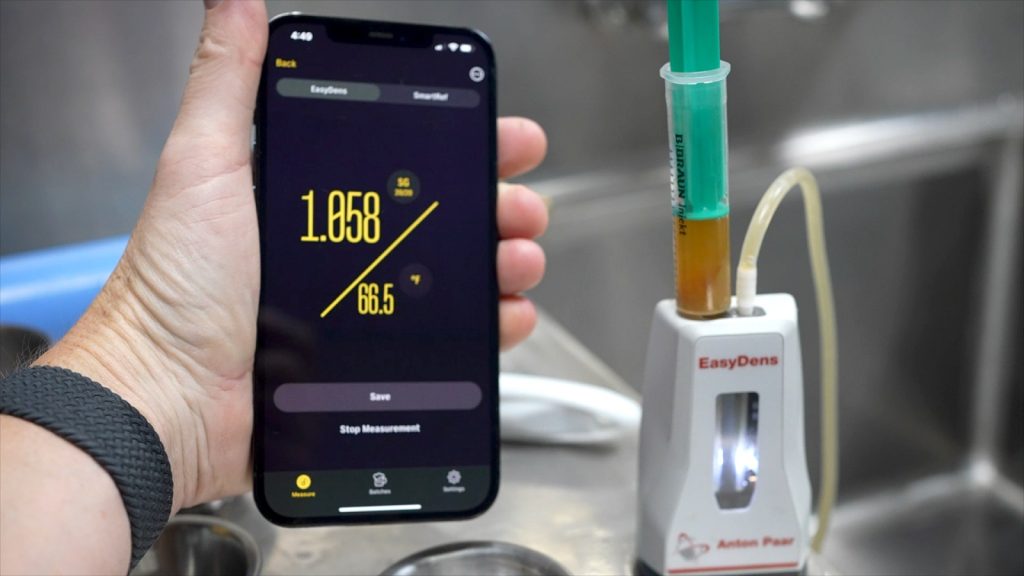
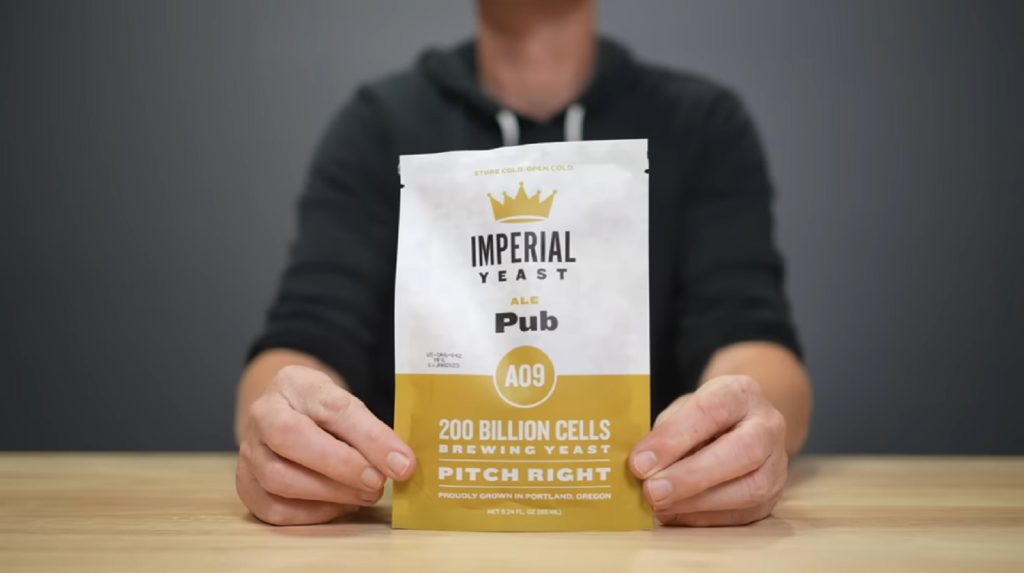
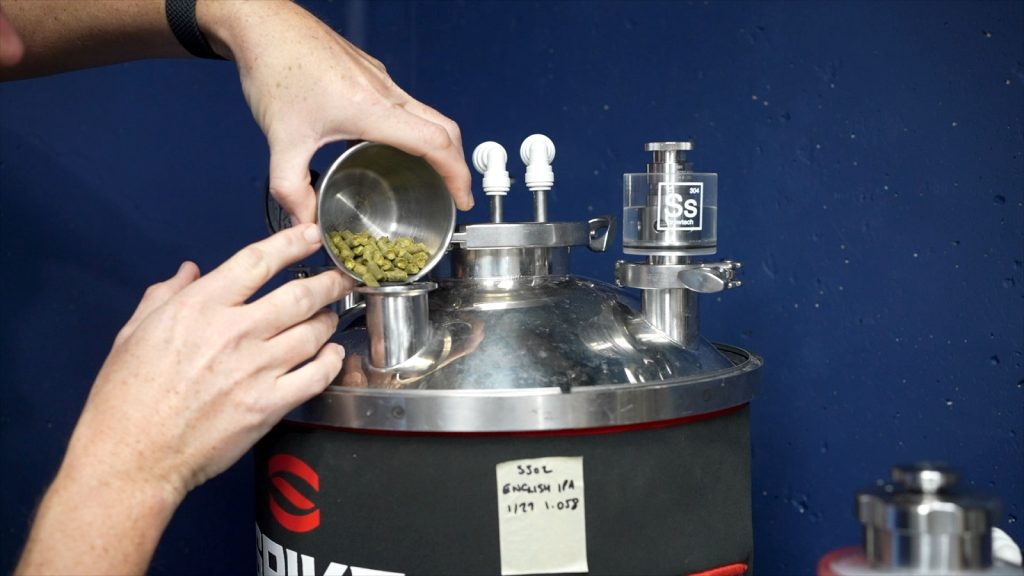
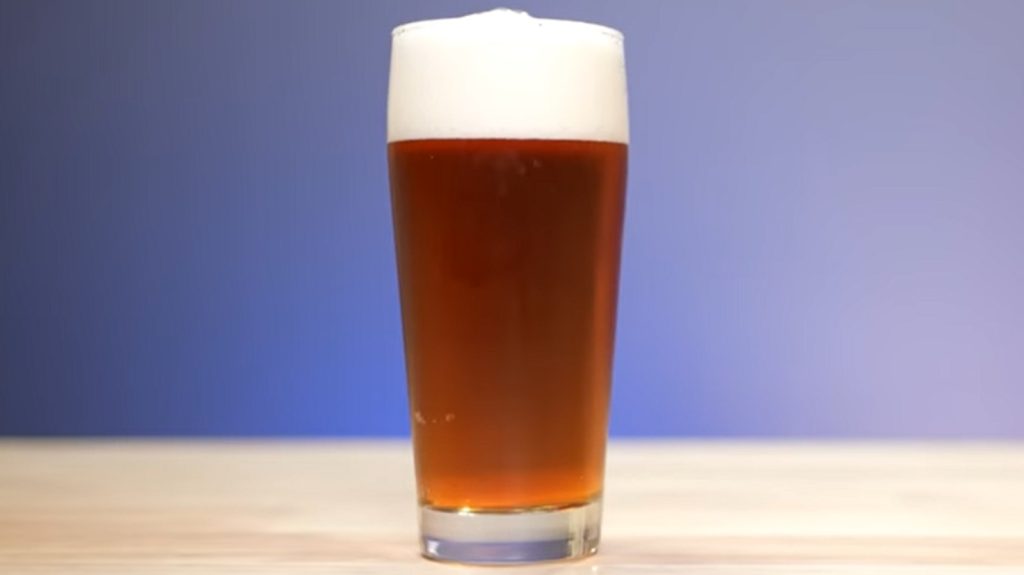
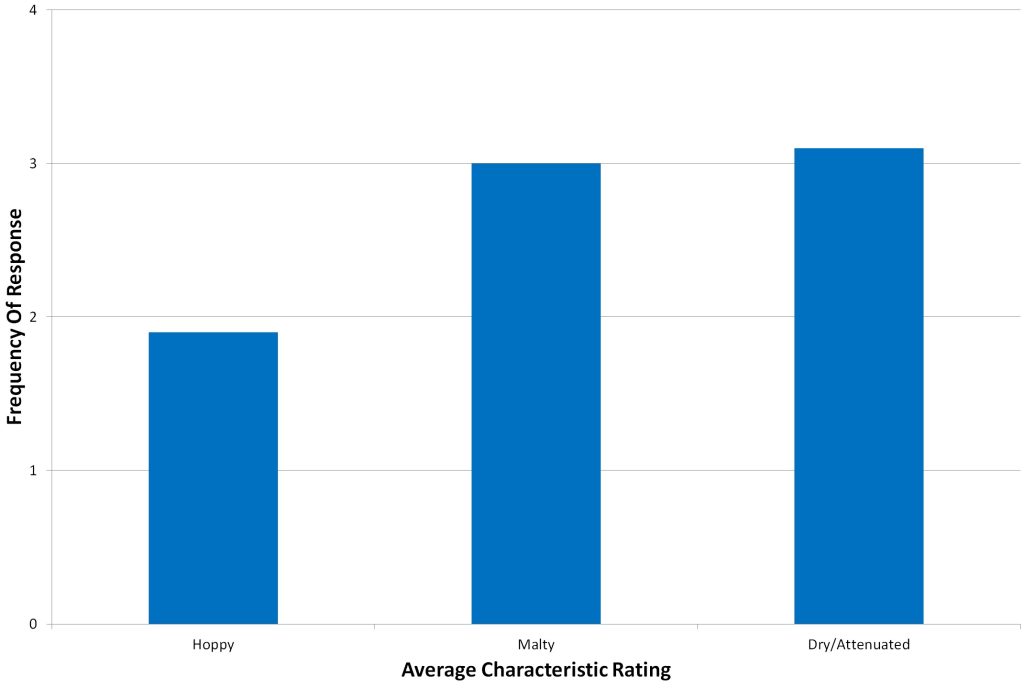
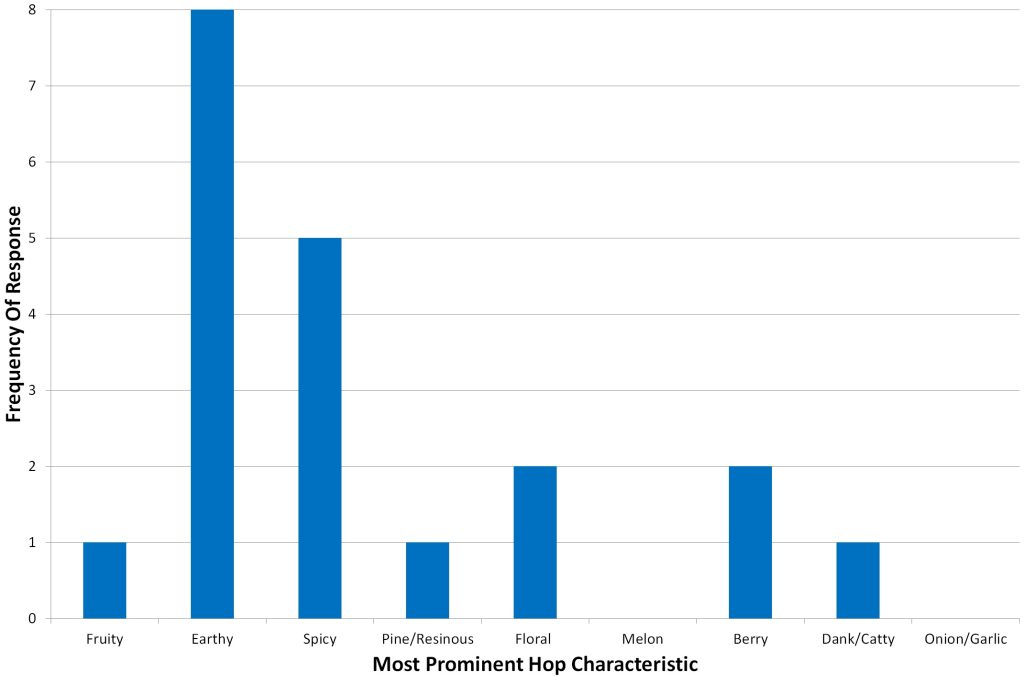
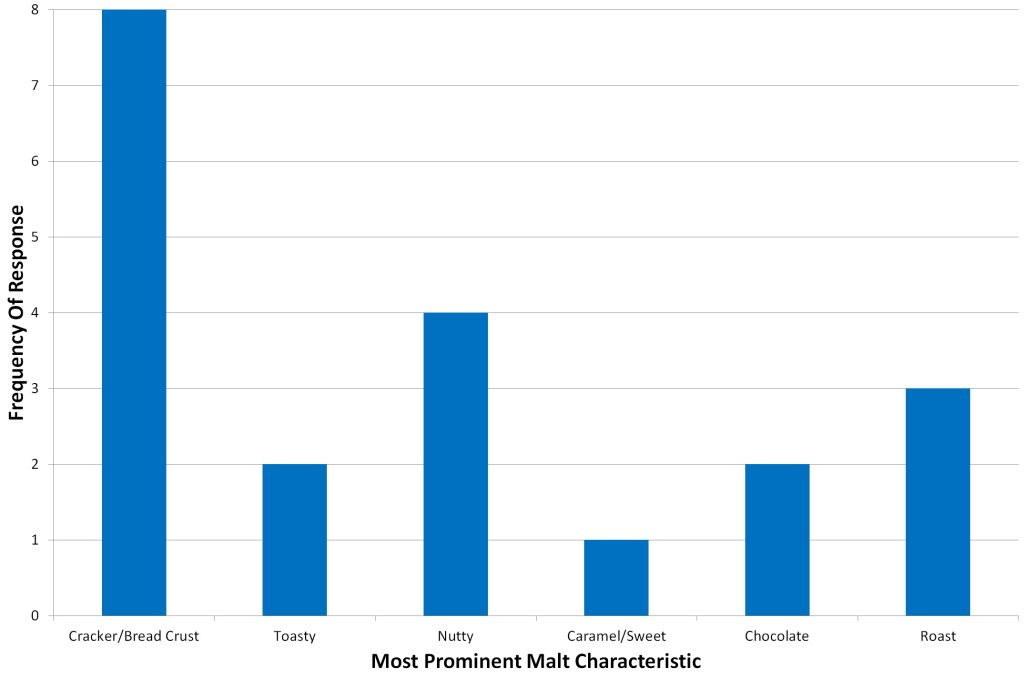
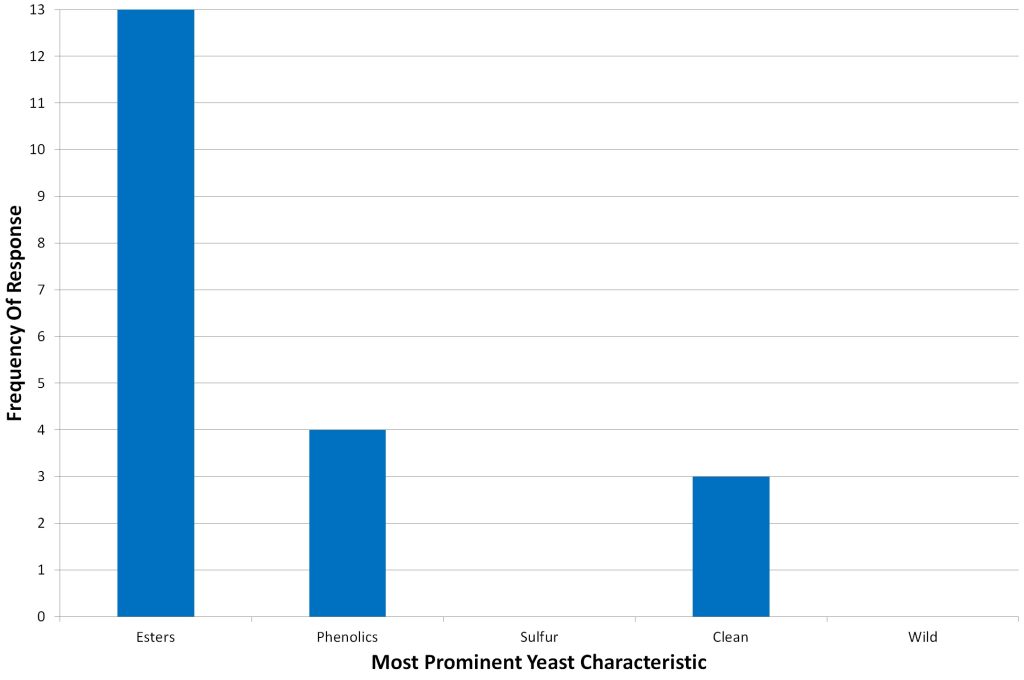
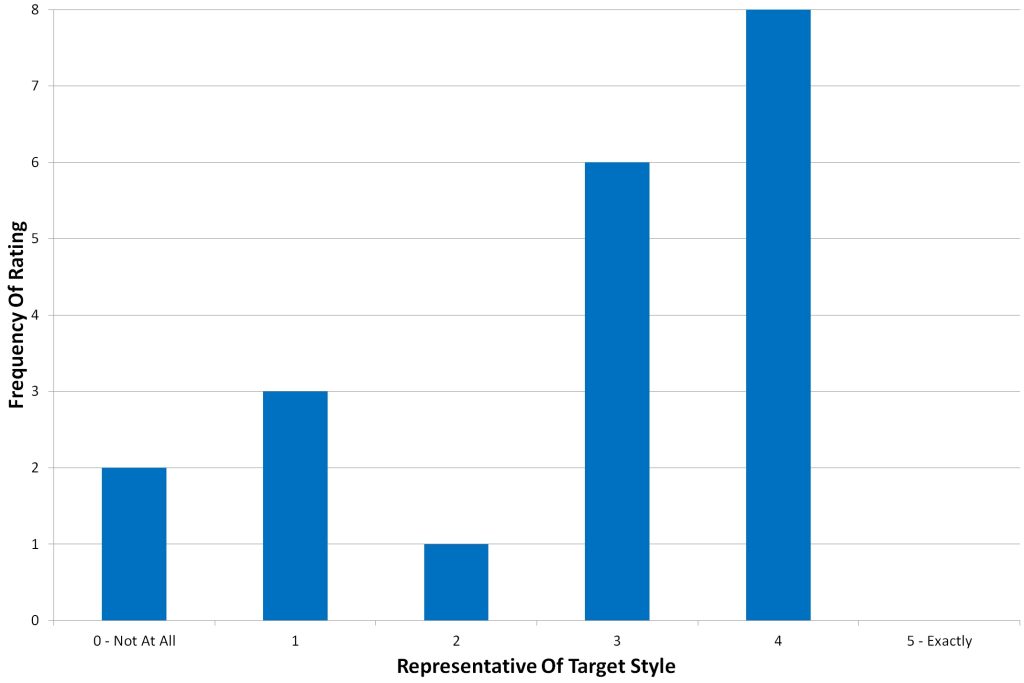
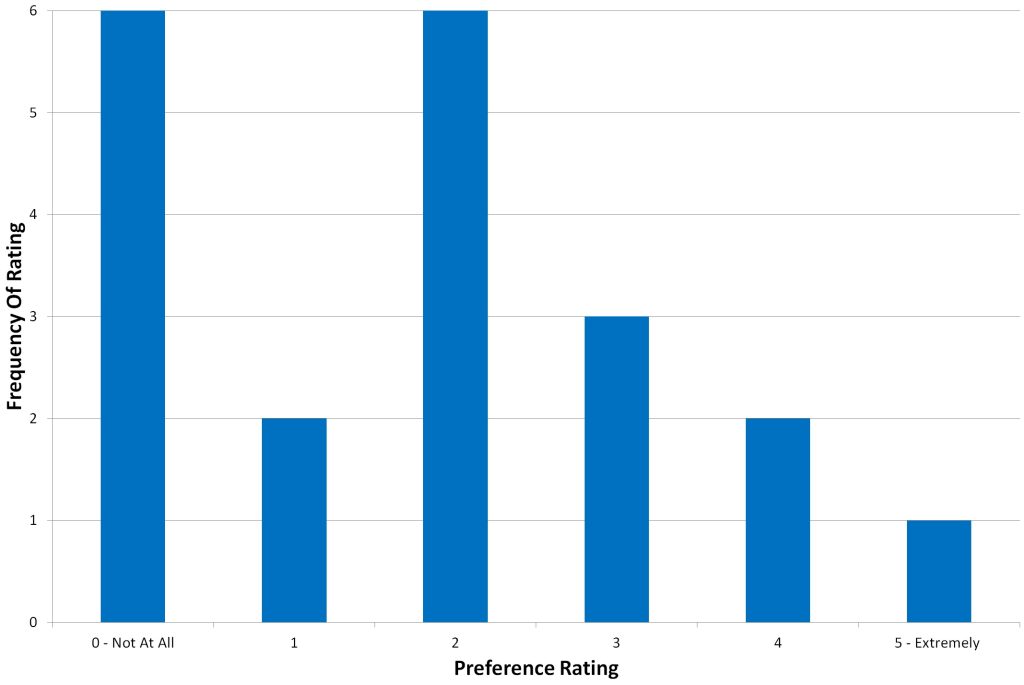











4 thoughts on “Short & Shoddy | English IPA”
First, thanks for the article, I love it. The earthiness may have come from the combination of Caramel 80 & Fuggles, I tend to find the higher caramels will impart it. Which Crystal malt did you use, Light, or probably Medium?
Also, do you have any ideas what difference in the short & shoddy version may have given the chemical note? That’s certainly an unfortunate and unexpected flavor.
Thanks again!
Why do you think that this missed the mark? If there was only one thing that you would change, what would that be?
I struggle with English Ale yeasts. It seems that there is little room for error.
There is nothing obviously wrong with your process here. You can probably chalk this up to bad ingredients, specifically the EKG. I have never dry-hopped successfully with EKG bought at either my LHBS or online. My English IPAs always tasted great before dry hopping with EKG, then awful–“off” as you say–after dry hopping. My hunch is that the EKG allocated to the homebrew market is different than the EKG allocated to commercial breweries.
Could you provide more information about the Crystal Malt in your recipe?